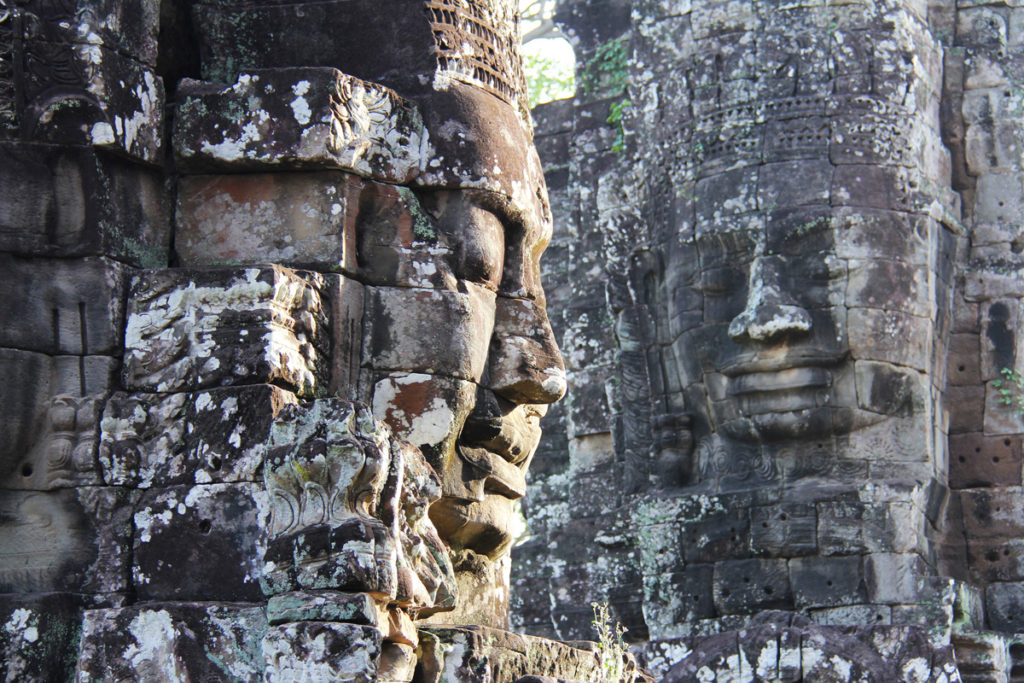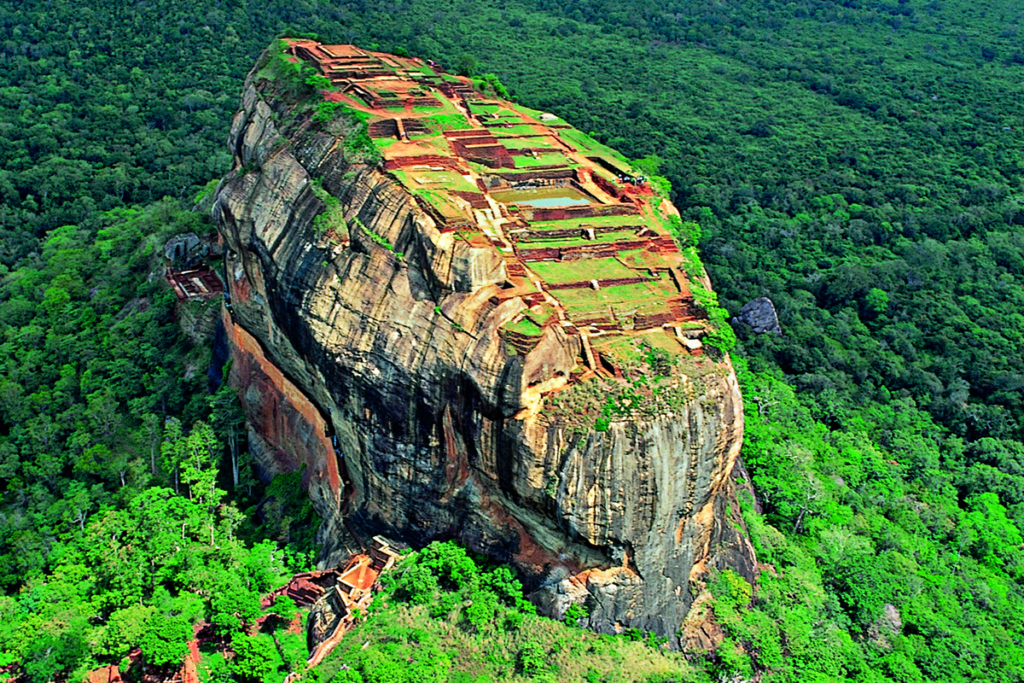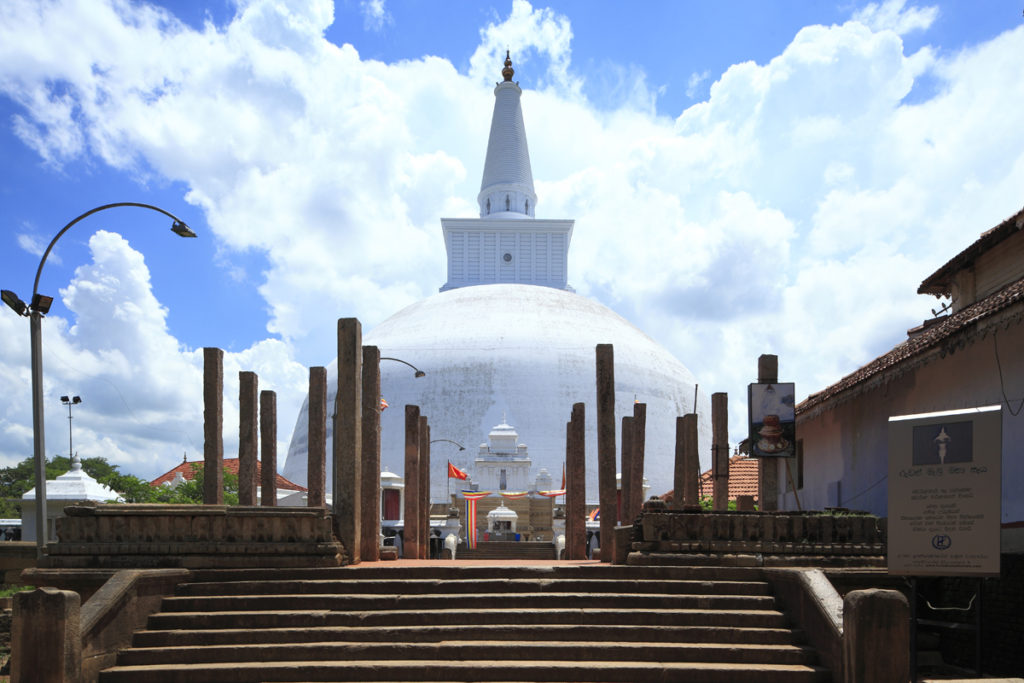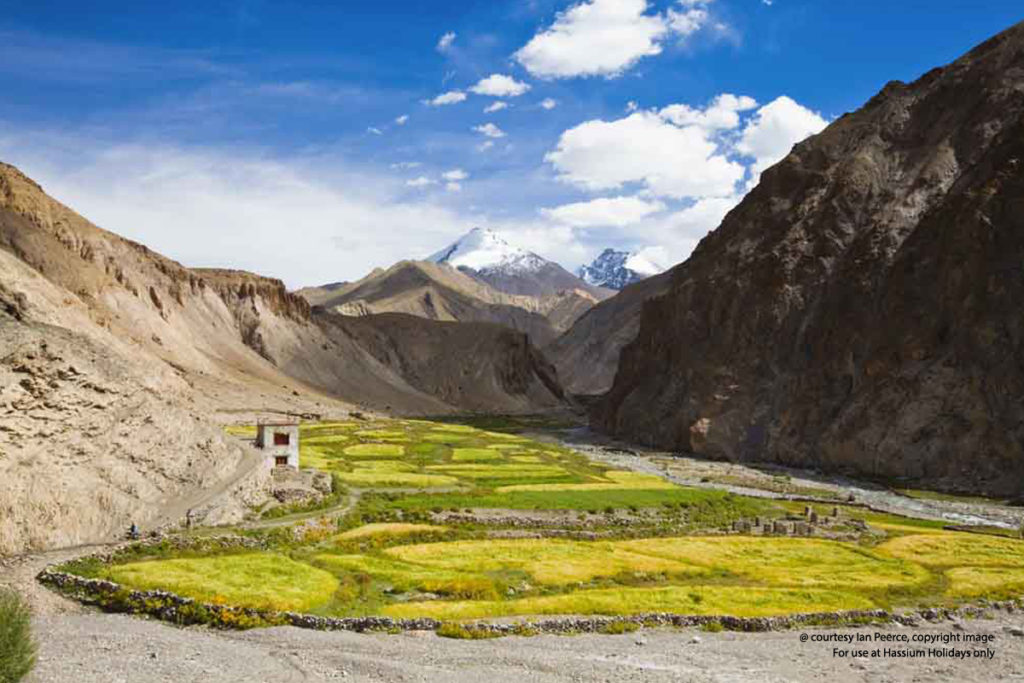Cambodia, for most travellers in the UK, may at first sound like the kind of place to which you would make a quick getaway. However, it is home to one of the world’s greatest empires and is worth the time it takes to get to know and appreciate.
Siem Reap was little more than a village when French explorers such as Henri Mouhot “re-discovered” Angkor in the 19th century, which is now a UNESCO World Heritage Site. Siem Reap is the capital city of the Siem Reap Provinces in northwest Cambodia, which is the most popular holiday destination as it is the gateway to the Angkor Archeological Park. The name Siem Reap literally means “Siam Defeated”. These days, this once quaint village has become the largest boom-town and it’s quite laid-back and a pleasant place for you to stay while touring the temples and enjoy a nice compromise between observing Cambodian life and enjoying the amenities of modern services and entertainment.
Your journey will smooth through Siem Reap colonial and Chinese-style architecture in the Old French Quarter, and around the Old Market. In the city, you will visit museums and watch traditional Apsara dance performances. As you proceed with the tour, you will visit a Cambodian cultural village, souvenir and handicraft shops, silk farms, rice-paddies in the countryside, fishing villages and a bird sanctuary near the Tonle Sap Lake.
Siem Reap, today being a popular tourist destination, has a large number of hotels, resorts, restaurants and businesses closely related to tourism. This is much owed to its proximity to the Angkor temples, the most popular tourist location in Cambodia.
At Siem Reap, like all tourists, you will expect to receive almost constant offers for motodop and tuk-tuk rides, along with everything else which drivers may be able to offer to you.







 Many of the flights and flight-inclusive holidays on this website are financially protected by the ATOL scheme. But ATOL protection does not apply to all holiday and travel services listed on this website. Please ask us to confirm what protection may apply to your booking. If you do not receive an ATOL Certificate then the booking will not be ATOL protected. If you do receive an ATOL Certificate but all the parts of your trip are not listed on it, those parts will not be ATOL protected. Please see our booking conditions for information, or for more information about financial protection and the ATOL Certificate go to
Many of the flights and flight-inclusive holidays on this website are financially protected by the ATOL scheme. But ATOL protection does not apply to all holiday and travel services listed on this website. Please ask us to confirm what protection may apply to your booking. If you do not receive an ATOL Certificate then the booking will not be ATOL protected. If you do receive an ATOL Certificate but all the parts of your trip are not listed on it, those parts will not be ATOL protected. Please see our booking conditions for information, or for more information about financial protection and the ATOL Certificate go to